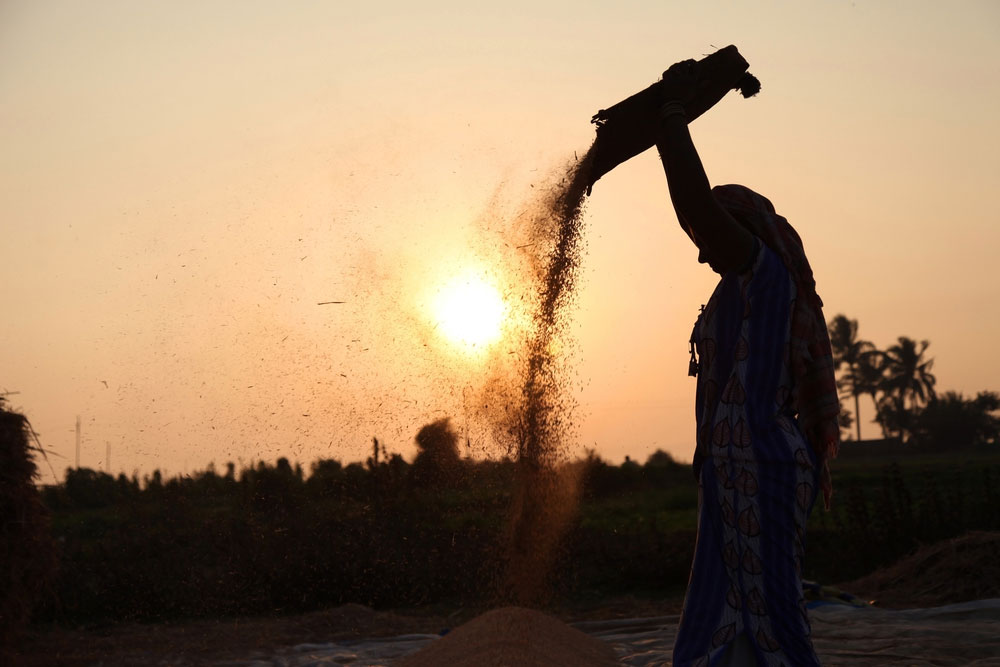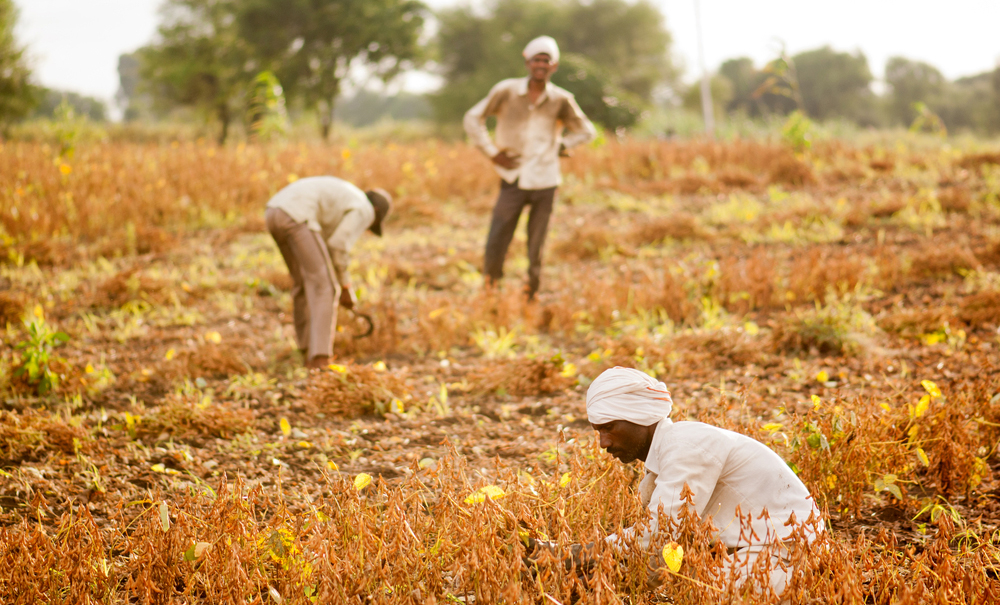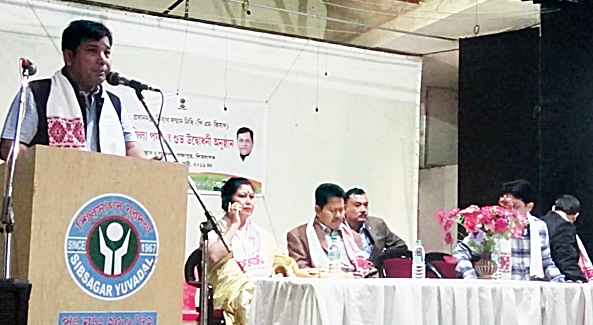A new scheme, the Pradhan Mantri Kisan Samman Nidhi, was announced in the interim Union budget presented earlier this year. It was stated that under this scheme farmers holding up to two hectares of land would be entitled to Rs 6,000 every year, to be paid from the budget in three equal instalments. There was a standard exclusion list of institutional owners, professional owners, and owners who paid income tax. This scheme was supposed to benefit 12 crore small and marginal farmers with an aggregate outlay of Rs 75,000 crore. The first instalment was paid retrospectively from December 2018, and many have already received the second instalment. The Bharatiya Janata Party’s election manifesto had promised to expand the scheme to cover all farmers. This was done immediately after the formation of the new government. Now, the beneficiaries covered will be 14.5 crore farmers and the ticket size of the project will be Rs 87,217.5 crore. In India, 52 per cent of agricultural households are reportedly indebted with an average outstanding debt of Rs 47,000. The average income of an agricultural household is estimated to be Rs 6,426 per month.
This large, expensive scheme, if targeted and executed properly, would provide some relief to small and marginal farmers. For relatively richer farmers, this may be more symbolic of government support than substantive help. If a typical small farmer with a debt of Rs 47,000 used the income transfer entirely for repayment of debt, then too it would take about eight years to become free of debt. This does not take into account the accumulation of interest on debt over the duration of repayment. The only thing that this transfer is likely to do is subsidize additional consumption. This might be useful in the short term to stimulate rural demand. However, it is likely to be inadequate in pushing output and employment to a significant extent. The National Democratic Alliance government had also declared that it would double farmers’ incomes by 2022. The NDA should realize that it cannot be done by income transfers alone. From a larger perspective of macroeconomic growth, it should not be done. There are many deep-rooted structural problems in Indian agriculture that need to be tackled with wisdom and courage. Reforming the pattern of land holding and usage, sustainable management of productive resources like water, seeds, fertilizers, new technologies, and ensuring fair prices to farmers — each of these issues deserves serious attention in order to transform the agrarian sector’s long-term fortunes.













